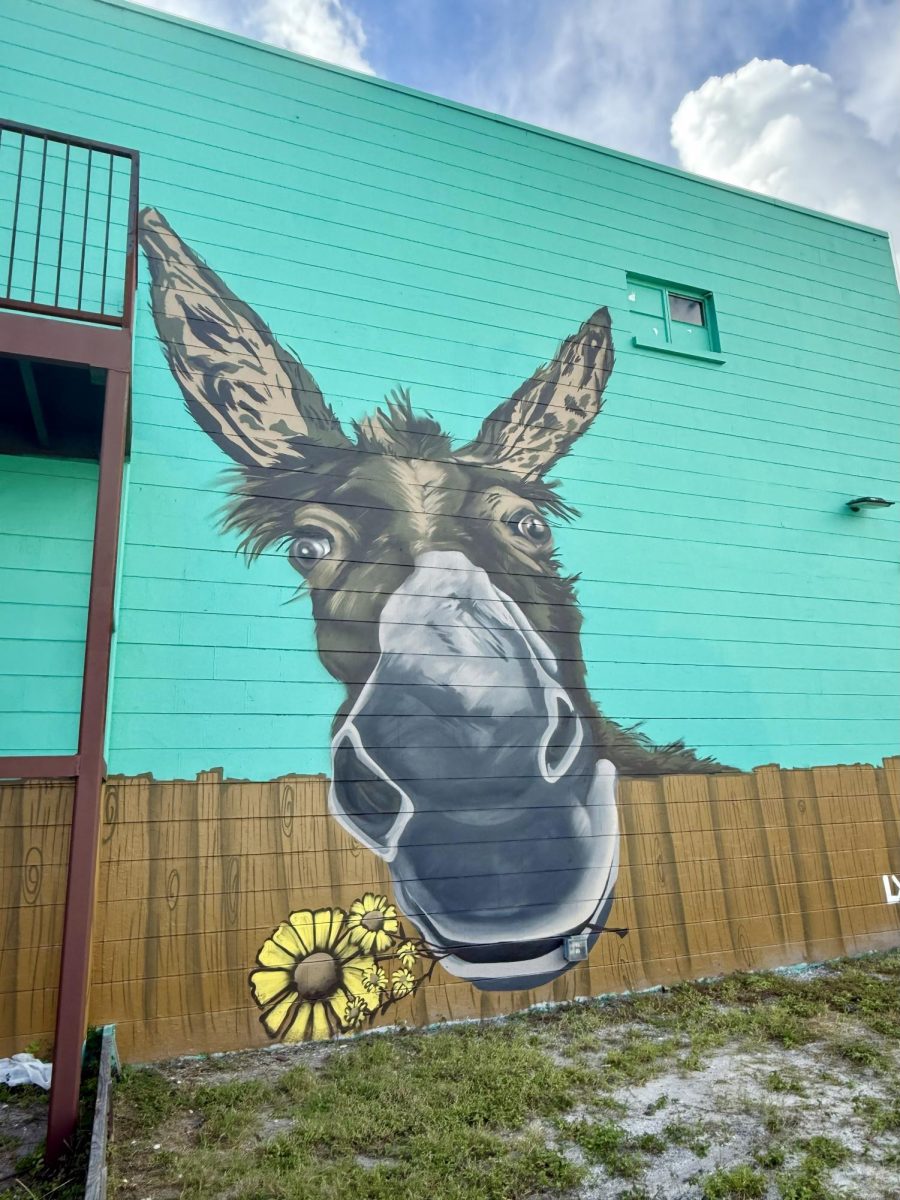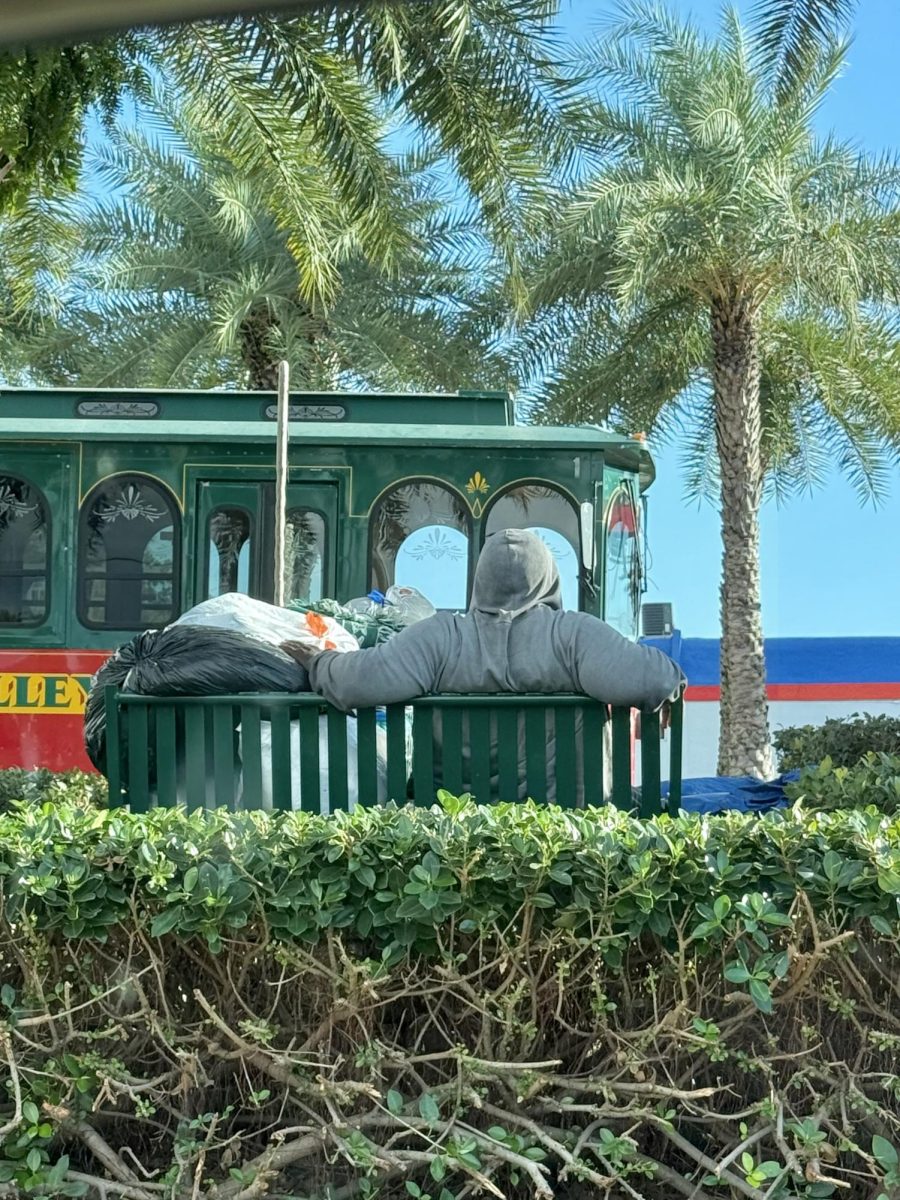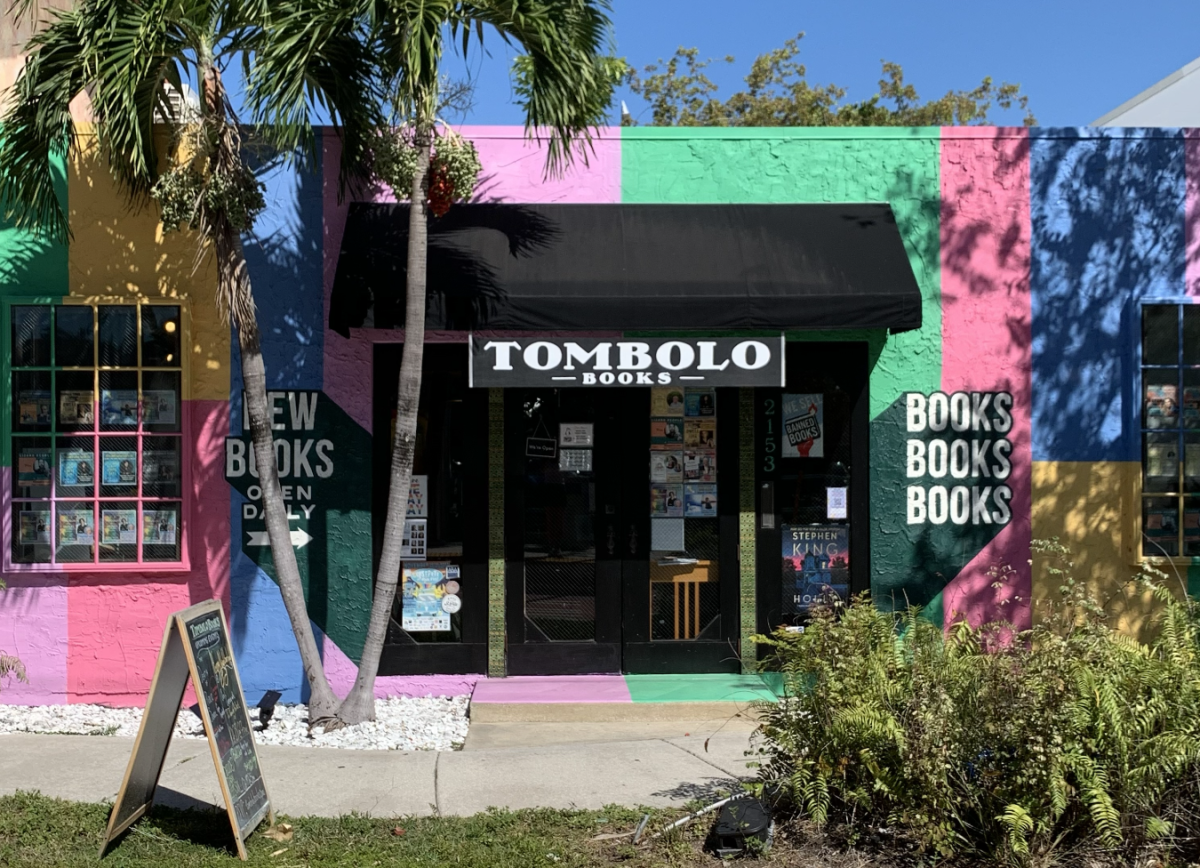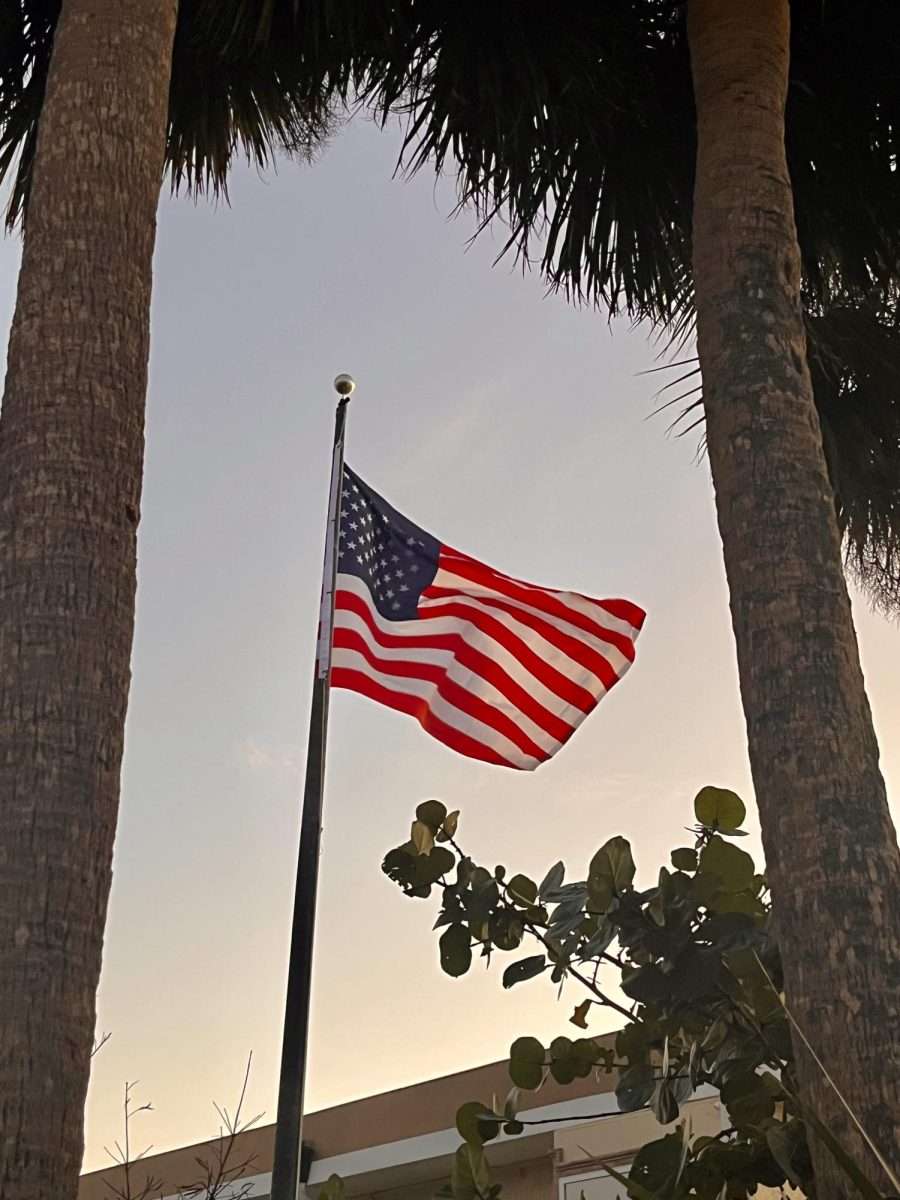After decisions made this past summer by the Florida Department of Transportation (FDOT), Governor Ron DeSantis, and Florida Secretary of Transportation, Jared Perdue, various street murals across the state have been painted over. DeSantis claims the purpose of the erasures is to bring uniformity and safety to local roadways, with the threat of local governments losing state funds for road projects if they don’t comply. Following the removals in August, among them being the Pulse Nightclub shooting memorial in Orlando and St. Pete’s Central Avenue and 25th Street Pride mural, members and leaders within city communities began to argue that the erasure of these artworks targets representations of local Floridian culture. Additionally, representatives across the state, like St. Petersburg Mayor Ken Welch, advocated for the preservation of city street murals before they were removed during the summer, stating that city crash analyses show a decrease in traffic accidents after the creation of the murals at risk.
Rafael Faraci, St. Pete High senior, believes “street art is a fundamental form of human expression and can offer insights into the kinds of people who live in the cities that contain it.” “Obviously graffiti is another issue altogether – I’m definitely starkly opposed to defamatory practices like that – but street art on our roads and murals are acceptable so long as they are condoned by the city and the people who live there.” Furthermore, Rafael says, “I do like the murals that stretch across entire walls, and the ones along Central Avenue seem to have a lot more meaning than they first let on. I will say that I prefer murals with some sort of significance beyond the art; for me, art can reveal subtle aspects of society that politics cannot, which is what I like about it!”
Like Rafael, St. Pete High senior Lex Phanphilathip also believes in preserving Florida’s street murals. “I think street art IS important in our city because it shows significance, importance and representation of different groups, communities, cultures, and history.” Lex adds, “erasing street art is harmful because it can remind others how easy it is that these groups and communities and even history can be overlooked and unimportant.” Numerous of the murals removed in St. Petersburg included LGBTQ+ and African American history subject matter, convincing many locals that the state’s removals targeted these groups.
The future of Florida’s street art remains unclear, but the erasures remain controversial. As for St. Petersburg, citizens continue to promote current works and cultural sites that showcase the city’s value.














